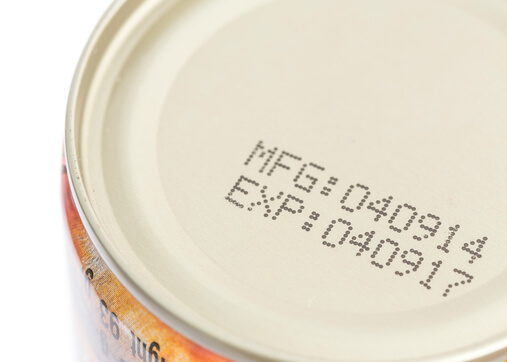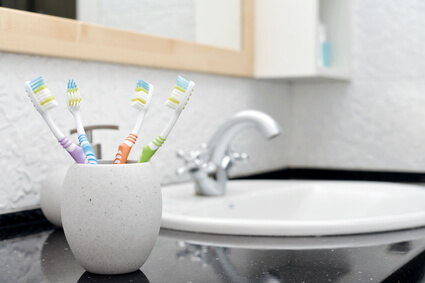Did you know that like your food, beauty products also have expiration dates? Most people don’t think about that, as it isn’t clearly labeled on such products. As much as we might want them to, they won’t last forever. What’s more, is that all beauty products are different in terms of their expiration dates. In this week’s blog, we’ll teach you how to check the dates of products and when they should be thrown out.
Want to learn more?
Have questions?
Want to schedule a consultation?
Want to learn more?
Have questions?
Want to schedule a consultation?
Want to learn more?
Have questions?
Want to schedule a consultation?
How to check products
Basically, once you open a beauty product it begins to deteriorate. That’s because getting exposed to air, light, and bacteria breaks them down. On the other hand, even if a product is left sealed other variables such as humidity can cause them to break down. An expired beauty product isn’t necessarily terrible, however. In fact, some products simply are less effective after they expire. Keep in mind, some products like sunscreen are not advised to use after the expiration date because it will do little to protect you from the sun’s rays.
The United States doesn’t have strict guidelines for including expiration dates on most beauty products. Only those that are considered a drug by the FDA are required to have a use by date on them. Although, whether it’s required or not, many manufacturers print a Period After Opening (PAO) date on some products. Usually, the PAO is a picture of an opened jar, with a certain number of months printed on it. For example, if 12M is printed on the jar that means it’s good for 12 months after opening. However, not all products have a PAO so it’s still important to know when they need to be thrown away.

Skin and Hair
First off, face and eye creams and most moisturizers don’t have a very long shelf life. Generally, they need to be thrown out within 6 months to a year. Continued use after a year could potentially lead to irritation and infection. Similarly, sunscreen should be thrown away after a year as well. As a matter of fact, sunscreen is regulated by the FDA and is deemed ineffective after that time. Next, most anti-aging or acne products can last for up to a year. Although, products that contain benzoyl peroxide are said to last 3 months after opening. Other ingredients such as retinol, glycol acid, and vitamin C tend to break down products faster than normal.
Most hair products like shampoo, conditioner, or styling products can last up to 2 years after they’re opened. But, air and water can creep into the bottles and lead to the breakdown of the formulas. A lot of people don’t realize that loofahs and sponges have a very short shelf life. For loofahs, you should get rid of them after 3 weeks and bath sponges will only last 7 weeks. That’s because a moist environment such as a bath or shower promotes bacteria growth.

Toiletries
Additionally, there’s a list of everyday toiletries that should be thrown out after a certain period of time. Even though deodorants and antiperspirants are anti-bacterial, they still expire after about 3 years. After 2 years, get rid of any unused shaving cream, shaving soaps, and toothpaste that contains fluoride. Surprisingly, even soap expires eventually, especially if it has essential oils as an ingredient. Many manufacturers say that soap will last up to 3 years.
Makeup and Fragrances
Lastly, there are fragrances and makeup products. Perfume or cologne will last up to 2 years, as long as they are kept out of direct sunlight and humidity. Liquid eye makeup such as mascara and eyeliner should be thrown away after 3 months. But, if it dries out sooner or you had an eye infection get rid of them sooner. Liquid foundations and concealers have a shelf life of about 6 months to a year. Anything that is powder based will last a little bit longer, about 3 years. Lip products such as glosses or lipsticks can be worn for 2 to 3 years. Also, lip and eye pencils are good for up to 5 years and it’s best if they’re sharpened before use.

